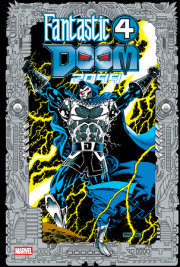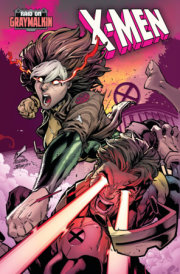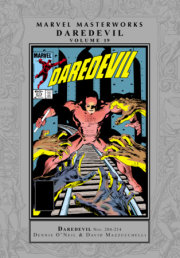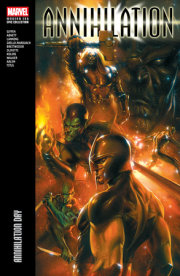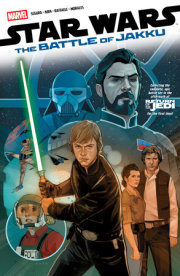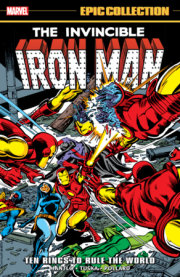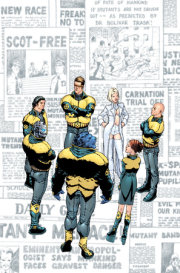After co-creating DC’s Swamp Thing in 1972, Len Wein moved to Marvel for lengthy runs on some of the company’s biggest titles — Amazing Spider-Man, Fantastic Four, Incredible Hulk and Thor — and helped bring the landmark Giant-Size X-Men #1 into the world, changing Marvel forever. Returning to DC as an editor, Wein oversaw an influx of British writing talent, highlighted by Alan Moore’s historic Watchmen miniseries. Wein also has worked in television and animation, returning to his roots to develop a Swamp Thing screenplay. He has written comic-book adaptations of The Simpsons and Futurama.
Roger Stern enjoyed well-regarded runs on Amazing Spider-Man, in which he introduced Captain Marvel (Monica Rambeau) and the Hobgoblin; Avengers; and Captain America. He launched West Coast Avengers and wrote numerous tie-in miniseries starring Earth’s Mightiest Heroes. At DC, he relaunched Atom and co-created Starman (Will Payton) before participating in one of comics’ most shocking events: the 1992 “Death of Superman.” He later returned to Marvel to write Amazing Spider-Man and related titles.
Beginning as Stan Lee’s production assistant, Herb Trimpe (1939-2015) went on to pencil a seven-year run on Marvel mainstay Incredible Hulk — during which he debuted the future X-Man, Wolverine — as well as 1970s classics Marvel Team-Up, Shogun Warriors and Godzilla. He was equally prolific during the 1980s on Nick Fury, The ’Nam and G.I. Joe; the 1990s saw him illustrate Marvel’s First Family on Fantastic Four Unlimited. Trimpe’s war-story credits also include the introduction of the Phantom Eagle, the WWI aviator hero whose adventures were later chronicled by Garth Ennis.
After a start as inker to his older brother John, Sal Buscema penciled Captain America, Defenders, Incredible Hulk and more. Famed for his ability to meet tight deadlines, he spread his talents across multiple genres. His 1970s work ranged from Ms. Marvel and Nova to Sub-Mariner and Spider-Woman’s first appearance in Marvel Spotlight. He was the uninterrupted artist on Spectacular Spider-Man for more than one hundred issues and penciled the web-slinger’s adventures in Marvel Team-Up, in which he and writer Bill Mantlo introduced Captain Jean DeWolff. After handling more team-ups in the Thing’s Marvel Two-in-One, he reunited with brother John on Steve Englehart’s Fantastic Four. He later provided inks for Tom DeFalco’s Spider-Girl titles and Thunderstrike miniseries.
One of the Golden Age’s earliest talents, George Tuska (1916-2009) created characters for Fiction House, Harvey Comics and Fawcett Comics’ Captain Marvel Adventures, among many others. He helped launch one of the most popular post-war genres in Lev Gleason’s Crime Does Not Pay. He eventually provided multi-genre art for Atlas Comics, to which he returned following its transformation into Marvel. Tuska penciled Ghost Rider, Luke Cage: Power Man and Sub-Mariner, as well as a 10-year Iron Man stint. At DC, he illustrated Challengers of the Unknown and Superman, among others. As a comic-strip artist, Tuska drew Buck Rogers, Scorchy Smith and DC’s World’s Greatest Superheroes. His final industry work was cover art for Masquerade, part of Dynamite’s Golden Age character revival, bringing him full circle.
Jim Starlin introduced not only Thanos but also Shang-Chi and many other memorable characters. After seemingly killing both Adam Warlock and Thanos in one of Marvel’s earlier multi-title cosmic arcs — for which he won two Eagle Awards — Starlin wrote Marvel’s first graphic novel, The Death of Captain Marvel. Returning to Marvel to write Silver Surfer, he resurrected Adam Warlock and Thanos, both of whom figured prominently in a veritable franchise of miniseries he wrote and/or penciled: Infinity Gauntlet, Infinity War, Infinity Crusade, Infinity Abyss and more, plus the Warlock and the Infinity Watch and Thanos monthlies. Starlin continued to chart the saga of the Mad Titan in a recent series of original graphic novels.

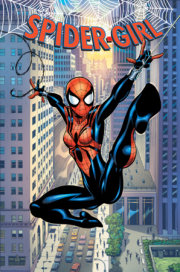
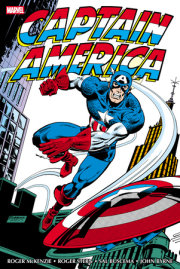
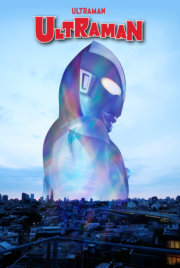
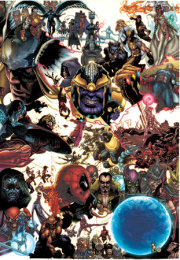
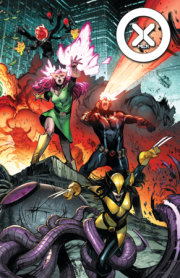
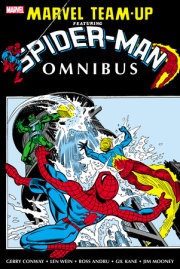

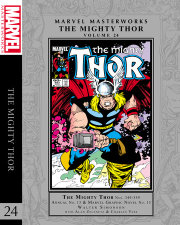
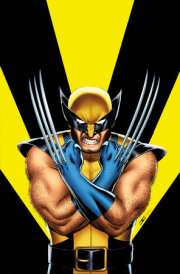

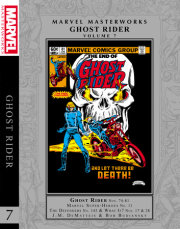
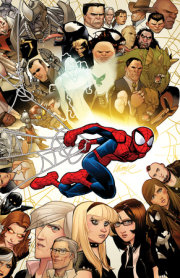
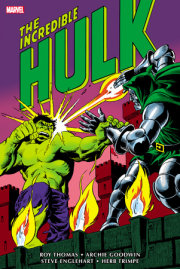

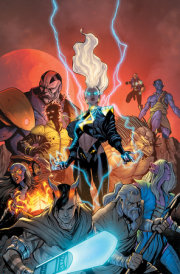
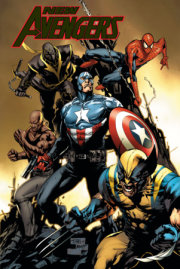

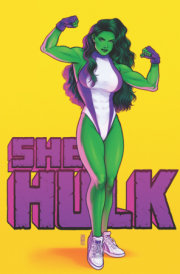


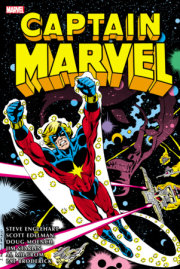
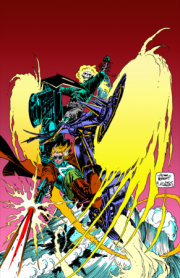
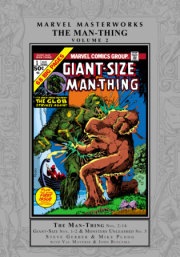

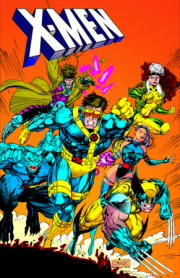
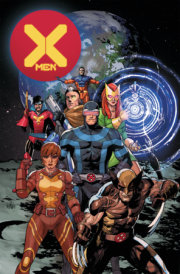
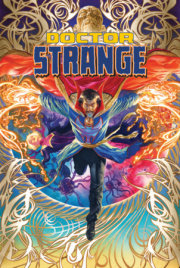
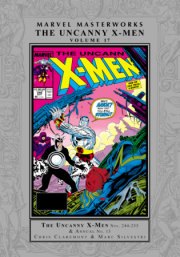
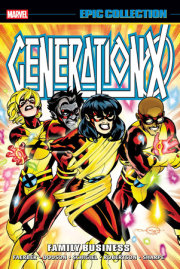
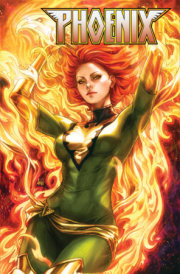
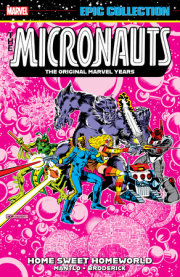
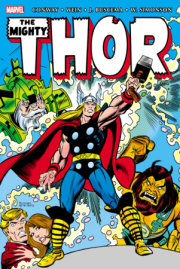
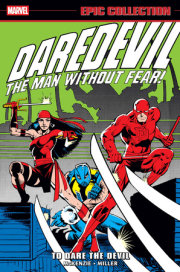
![Iron Man: Demon In A Bottle [New Printing 2]](https://images.penguinrandomhouse.com/cover/9781302961817?width=180)
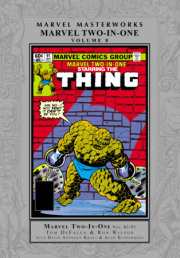
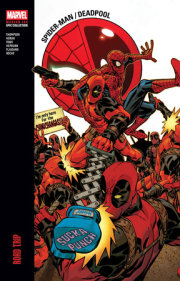
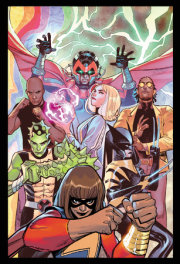

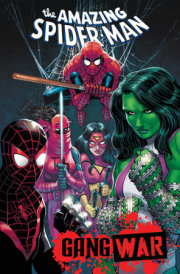
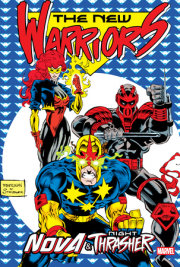
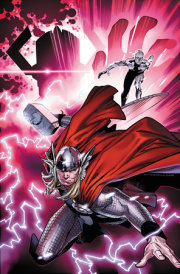

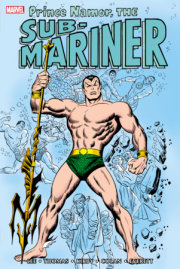
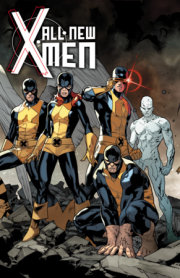
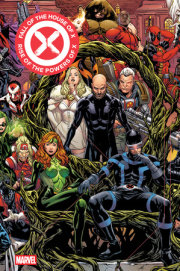
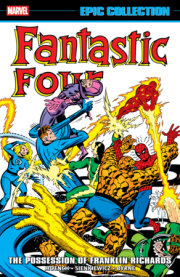
![Original Sin [New Printing]](https://images.penguinrandomhouse.com/cover/9781302966249?width=180)
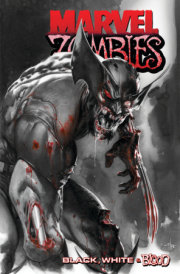
![X-Factor By Peter David Omnibus Vol. 1 Larry Stroman Cover [New Printing]](https://images.penguinrandomhouse.com/cover/9781302963705?width=180)
![Avengers West Coast Epic Collection: Vision Quest [New Printing]](https://images.penguinrandomhouse.com/cover/9781302963910?width=180)
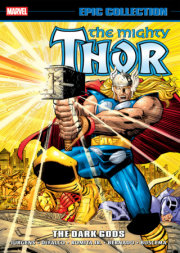
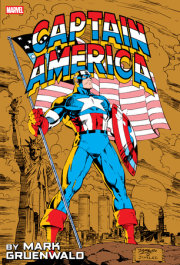
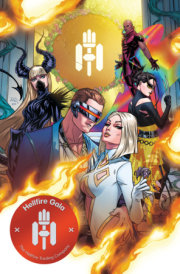
![Wolverine Goes To Hell Omnibus Jae Lee Cover [New Printing]](https://images.penguinrandomhouse.com/cover/9781302961381?width=180)
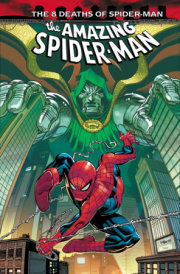
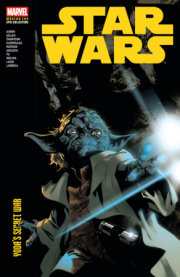
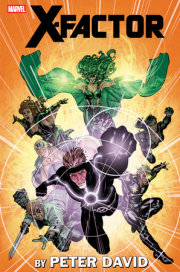
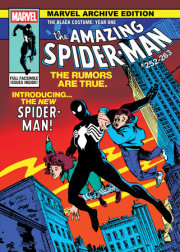


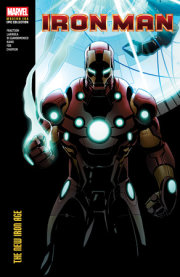

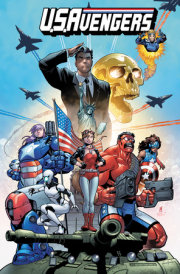
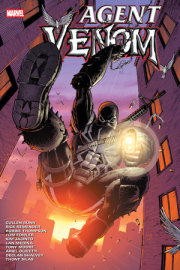

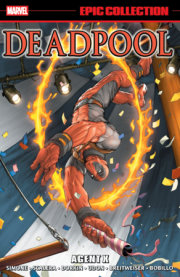

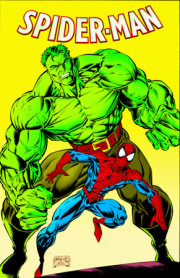
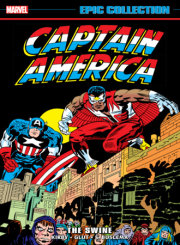
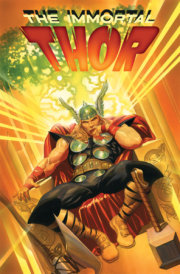
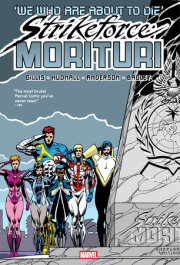
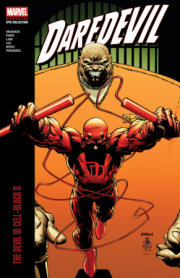
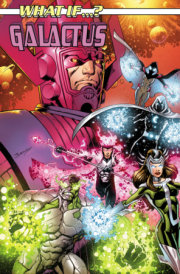

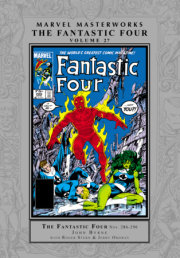


![Marvel Masterworks: The Silver Surfer Vol. 1 [Remasterworks]](https://images.penguinrandomhouse.com/cover/9781302956042?width=180)

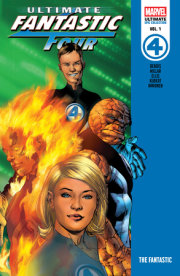
![X-Men: Age Of Apocalypse Vol. 2 - Reign [New Printing]](https://images.penguinrandomhouse.com/cover/9781302963958?width=180)
